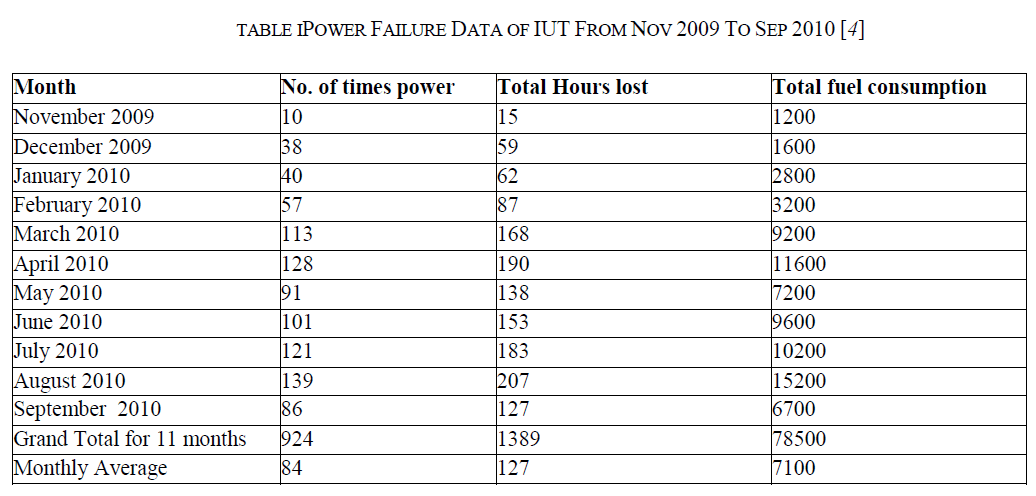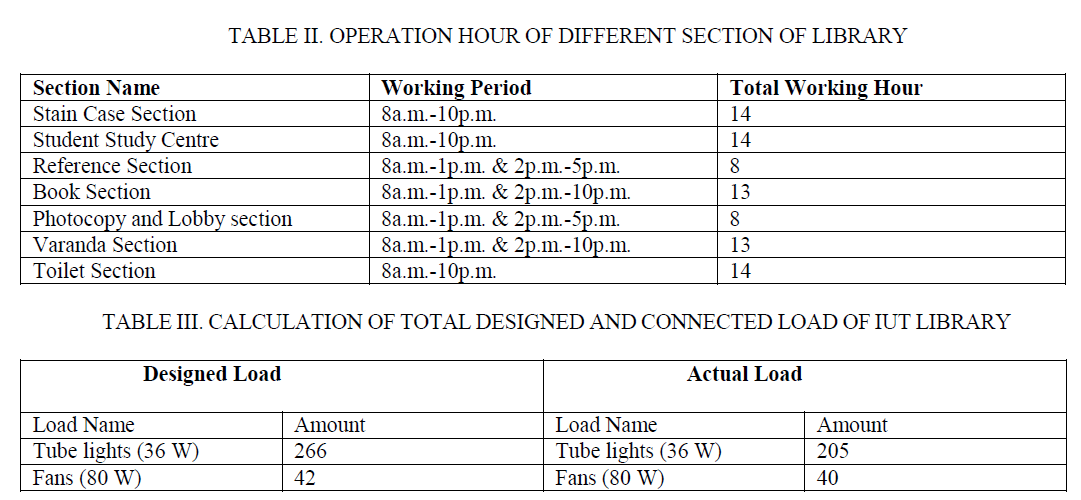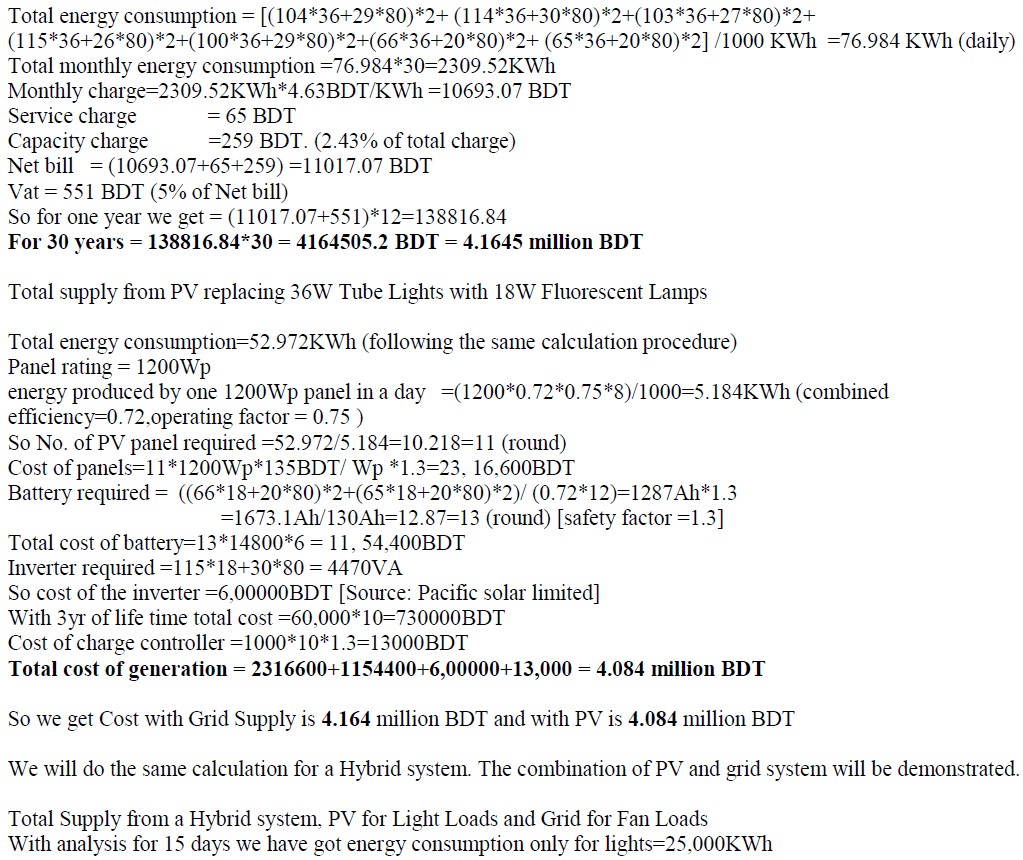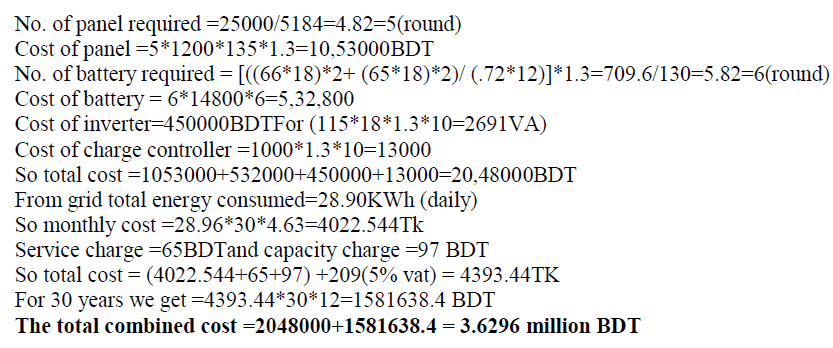ISSN ONLINE(2278-8875) PRINT (2320-3765)
ISSN ONLINE(2278-8875) PRINT (2320-3765)
Asif Hassan1, Nasif Mahmud2, Ahmed Tashfin Iftekhar3, MdShamiur Rahman4,FayekTasneem Khan5
|
| Related article at Pubmed, Scholar Google |
Visit for more related articles at International Journal of Advanced Research in Electrical, Electronics and Instrumentation Engineering
The need and importance of use of energy-particularly electricity at increasingly higher quantities and rates can hardly be overemphasized in order to accelerate the growth of socioeconomic development. Electricity is mostly, generated in power plant by burning conventional fuels: coal, oil, gas, biomass or using hydro potential or in the nuclear power plant through nuclear fission. The conventional sources are finite and their prices fluctuate. The sources pollute environment and cause global warming up. Renewable and environment friendly energy sources like: solar PV, wind, tide etc. therefore, drawing attentions of the technologists and the policy makers to meet everincreasing demand of electricity and at the same the keep the consequent environment degradation to an acceptable level. Among all the renewable sources solar is more appropriate for Bangladesh especially solar photovoltaic (PV) due to her position in the tropical region. To make the electricity supply of IUT more efficient solar PV can be a useful source. So IUT library had been chosen as a case study. Solar photovoltaic along with grid supply can be combined to generate a hybrid system which will produce optimum energy mix.
Keywords |
| Solar PV, Conventional fuels, Hybrid system, IUT, Economical analysis. |
INTRODUCTION |
| Renewable energy is a term used to describe energy that is derived from naturally occurring resources such as sunlight, wind, tides, rain, and geothermal heat that are continually available to some degree or other all over the world. These sources of energy never run out as it continuously renews itself in a small time period, unlike the conventional energy sources such as oil, coal, natural gas etc. The source is not dependent on the rate of consumption. These types of energies are environmentally friendlier and termed as “Green Energy”. Usage of these types of energies supports sustainable development by reducing carbon emissions. This contributes to increasing energy and climate security for many communities across the world. Future years, beginning about 2020, may also see the introduction of buildingintegrated PV elements (e.g., PV shingles, etc.) that have much improved aesthetics and may further reduce net system costs by replacing other roofing materials [1, 2]. Future years might also see the introduction of thin-film PV technologies [3]. |
| Solar photovoltaic modules are solid-state semiconductor devices with no moving parts that convert sunlight into direct-current electricity. Therefore, a solar PV panel module when exposed to sunlight generates voltage and current at its output terminal. This voltage and current can be used for our electricity requirements. The amount of electricity a solar PV module can generate depends on the amount of sunlight available to it and also on the size of the module. To get practical idea of using solar photovoltaic the conversion or use of hybrid solar PV systems in the IUT library has been studied. The economic analyses of such a hybrid system have been made and resented in this paper. The paper will also reflect the solar photovoltaic energy status and development trend from global perspective as well as the cost benefit analyses of a hypothetical system of IUT. |
| In IUT Electrical System presently there are two sources used for providing electricity |
| ïÃâ÷ Rural Electrification Board (REB) supply |
| ïÃâ÷ Generator supply |
| This paper not only rreflects the importance of solar photovoltaic energy but also studies the economic analyses of a hybrid system in IUT library. The measuring cost benefit analyses of a hypothetical system of IUT have also been analyzed in it. |
 |
| Our case study would help us to know the importance of solar PV system as an alternate electricity source. IUT library was classified into the following sections with their different working hours. |
 |
 |
III. RESULTS AND DISCUSSION |
| Economic Analysiswas completed considering the following three different situations |
| Total |
| ïÃâ÷ Total cost consumption with Solar PV with modification at load capacity |
| ïÃâ÷ Total cost consumption with a Hybrid system |
| Total supply from Grid Supply with 36W Tube lights and 80W Fans |
 |
 |
IV. RECOMMENDATION |
| One of the major observations is 18W LED should be used instead of 36W florescent Tube light in the Library to reduce the electricity loss. Similarly the use of motion sensor device will also prevent the wastage. The hybrid System can be implemented for IUT Library but there should be one prerequisite such as solar PV should be used only for light loads. The system voltage can be increased by connecting batteries parallel, thus making the system stable. The case study was done only on the IUT library, and the same can be done for IUT cafeteria, Mosque and Medical Center. |
V. CONCLUSION |
| In our case study we tried to have an idea about the global growth trend and suitability of use of Solar PV in Bangladesh. The Case study on the IUT library gave us a practical idea of using solar photovoltaic and use of a hybrid solar PV system. For very high load demand the use of PV is not justified as the cost sums up to be very high and should only be used for smaller load. It is also a good idea to use PV in rural areas instead of extending the grid line. In the future if the cost of PV components becomes less and the efficiency of the panel is increased, we can use it in large scale as well. |
References |
|